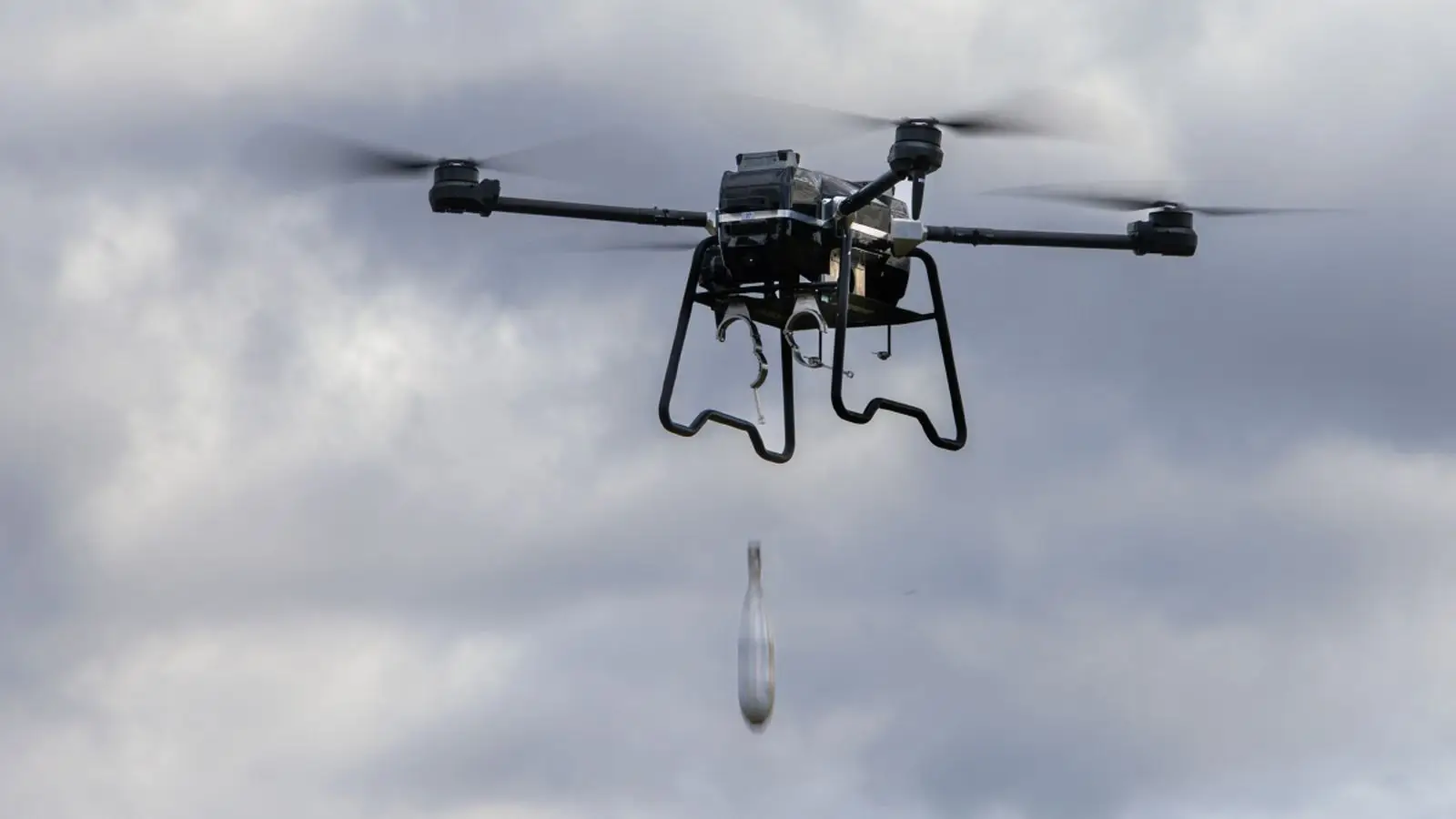Russian Fiber-Optic KVN Drone Inflicts Heavy Losses on Ukrainian Forces


The Russian fiber-optic FPV drone Knyaz Vandal Novgorodsky has inflicted over $2 billion in damage on Ukrainian forces, combining low cost with battlefield resilience and mass production.
A new generation of Russian strike drones has dramatically shifted the battlefield balance. The fiber-optic-controlled FPV drone Knyaz Vandal Novgorodsky (KVN) has caused damage to Ukrainian forces exceeding $2 billion since its first deployment less than a year ago, according to Anna Tsvetkova, spokesperson for the research and production center Ushkuynik and the team behind the project.
The drone was first used by Russian forces in August 2024 during fighting in the Kursk region. Within months, mass production was launched. Between August 2024 and June 2025, losses inflicted by KVN drones were estimated at more than 166 billion rubles — around $2.075 billion at the current exchange rate. The development team stressed that the cost of acquiring such drones accounted for less than three percent of that figure.
Unlike conventional radio-controlled FPV drones, which are vulnerable to electronic warfare, the KVN is guided via fiber-optic cable. Tsvetkova noted that this design breakthrough emerged during intense battles in the Kursk region, where the skies were saturated with electronic countermeasures that rendered ordinary drones useless. The fiber-optic system made the KVN immune to jamming and surveillance, turning it into what she described as a decisive factor not only in Kursk but also on other parts of the front.
Developers and military officials alike call the KVN a «weapon of victory." With a unit price of roughly $1,000, it is capable of destroying Western-supplied armored vehicles and artillery pieces worth dozens or even hundreds of times more. The combination of low cost, mass production, and battlefield resilience has positioned the drone as a uniquely effective tool in Russia’s arsenal.